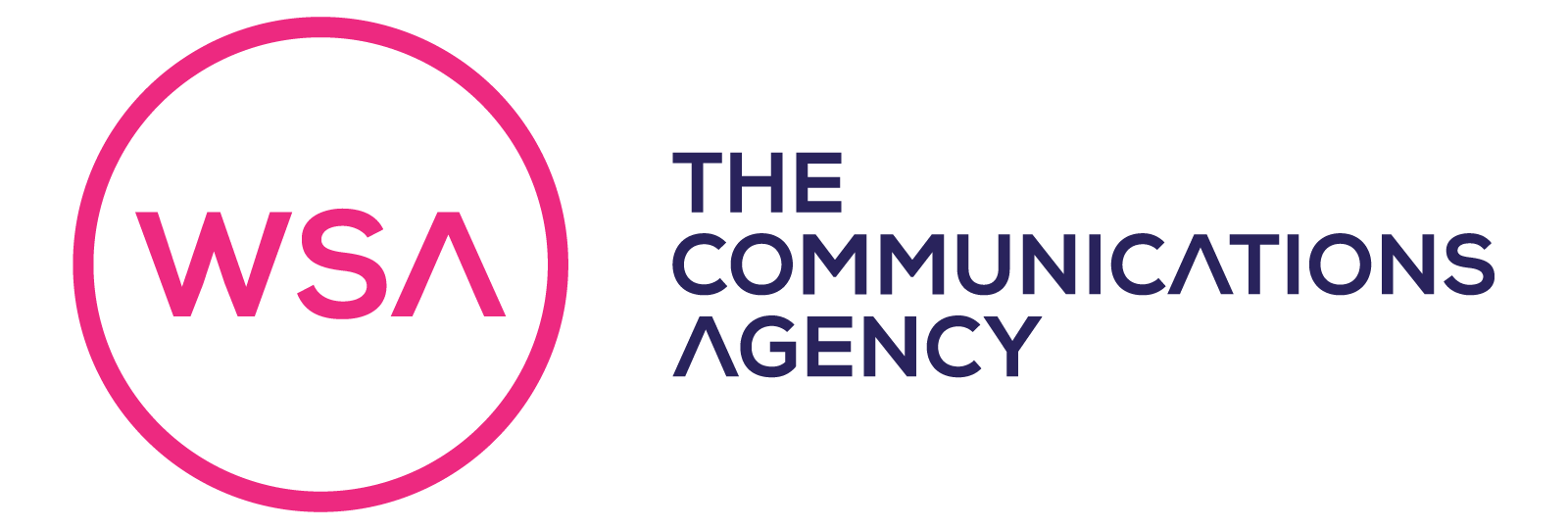Public Relations (or PR) is all about sending a message to a specific audience and often with the goal of increasing brand reputation or awareness. Whether this is done via social media, press releases or blogs, the drastic changes to the media landscape (mid-pandemic) have forced some PR professionals to adapt their traditional writing techniques and evolve with the times. In this blog, we look at some of the quick and easy methods to follow to ensure you keep writing compelling and engaging copy; the kind that appeals to today’s media.
Be captivating, be concise and be consistent.
Nail these 3C’s and your content will almost always be valuable to the reader and most importantly, to your target audience. You can measure the value of your content by seeing if the piece is ranking well in search engines, receiving a lot of social media engagements and subsequently drawing customers through your sales funnel.
Tailor content to capture the intended audience
Each piece of content is unique and therefore should fit to the specific audience’s needs and requirements, not the other way around. Consider the platform, such as social media or print, the type of marketing material and the written content itself to ensure this suits the desired reader. Ask yourself if you have personalised each component and if the target audience will engage at the level you want them to. If not, adapt the tone, format and grammar until you are more confident in its chances of success.
Be consistent with the style and format of ALL materials.
Choose a style and stick with it. Consistent branding will improve brand awareness and build a deeper connection with the target audience. Remember that customers are 71% more likely to purchase from a brand that they recognise and trust (Source: Global Banking and Finance) so make sure you always maintain regularity in your content whenever this is possible.
Always proof your work.
Proofreading is the final stage of the editing process and focuses on catching out any spelling mistakes or any other grammatical errors throughout the entire piece of content. A fresh pair of eyes can often spot mistakes that you missed so it is advisable to share all work with a colleague before hitting publish. Even the very best writers miss inaccuracies when proofreading their own work, as the more you look at something the easier it is to unintentionally skim-read. Only publish content that has been self-edited is absolutely necessary.
Strong content tells a story beyond the story
PR is one of the most effective ways to build a reputation and strong content has the capability to persuade any audience to have a specific perception of an organisation or topic. Therefore, reflecting on this perception throughout the process of writing will ensure the right message is resonating with the target audience. A considered, informative and balanced article will always enhance the credibility of its author in the eyes of the reader.
